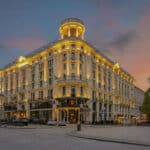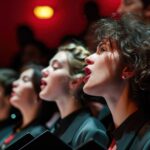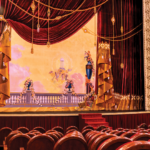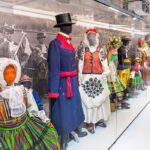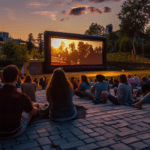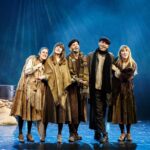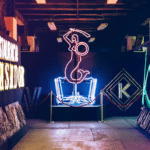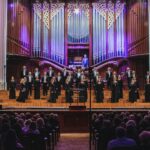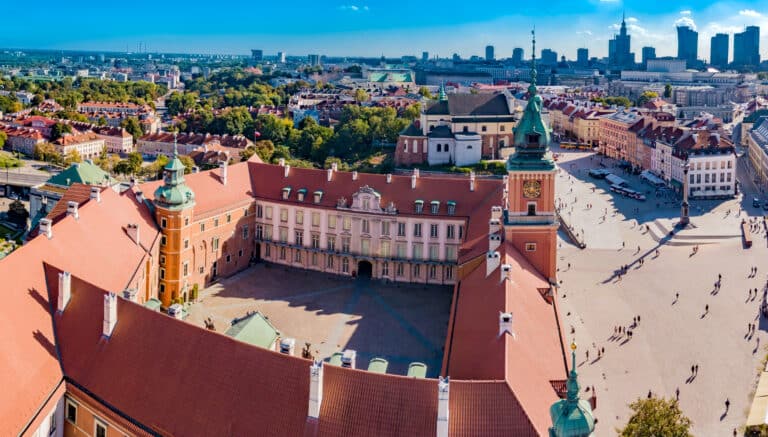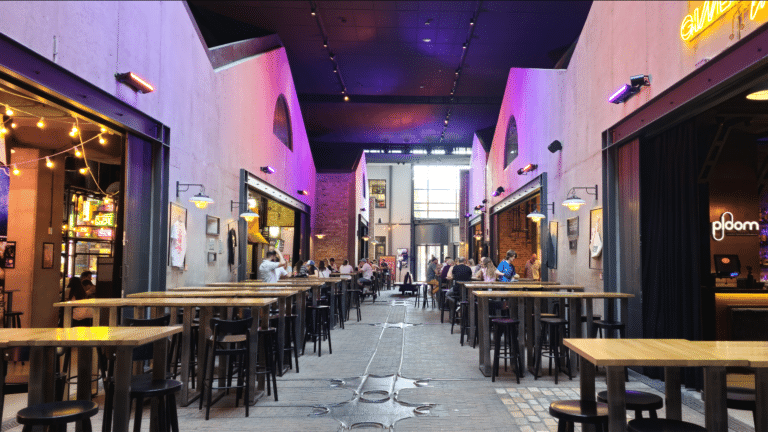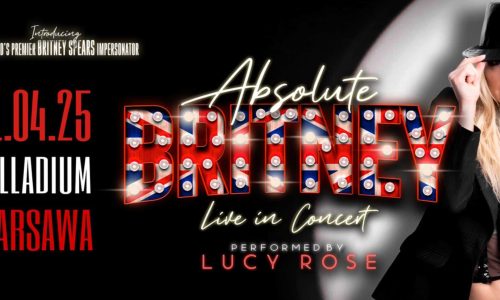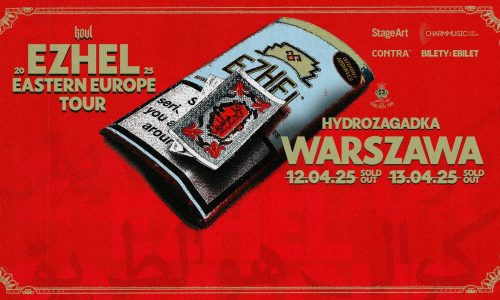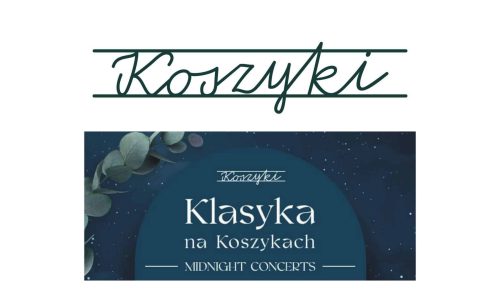Warsaw museums
Explore museums worth visiting in the city
- Last updated: November 25, 2024
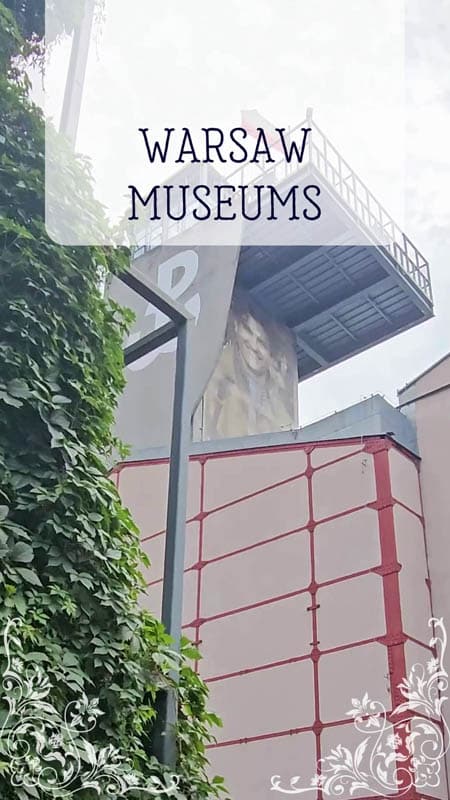
Warsaw museums
Explore museums worth visiting in the city
- Last updated: November 25, 2024
Warsaw has a lot to offer. Whether you're a resident, visiting as a tourist, or on a short business trip, in your free time, you can visit museums in Warsaw or take a tour of such institutions. It will be time well spent - both pleasantly and productively. Thanks to such a visit to museums in Warsaw, you will gain new knowledge.
What warsaw museums are worth seeing? This is one of the first questions that visitors to the Polish capital ask themselves. Their themes are diverse, and the exhibitions presented there will appeal to both younger and older audiences, with various interests. And the exhibits presented in them are often works of art, historical artifacts, natural specimens, or impressive inventions of human technical thought.
Your guide to museums in Warsaw
Museums are the landmarks of smaller and larger towns. It's known that in metropolises like Warsaw, there are many of them. And everyone will find something for themselves here. The capital of Poland has dozens of various types of museum institutions, exhibition halls, or memorial rooms. We have selected the best ones for you.
Take a trip with us and visit the best warsaw museums!
In this guide:
Muzeum Narodowe w Warszawie
The National Museum is a must-visit for anyone even remotely interested in the history and culture of our country. It's perhaps the largest and oldest museum in Warsaw. Over 830,000 exhibits are housed in the main building in Warsaw, as well as in four branches - the Poster Museum in Wilanów, the Xawery Dunikowski Sculpture Museum in Królikarnia, the Interiors Museum in Otwock Wielki, and the Museum in Nieborów and Arkadia. It encompasses works of Polish and world art, from antiquity to contemporary times. It also includes painting, sculpture, drawings and prints, photographs, coins and medals, as well as objects of applied art and design.
The National Museum regularly organises vernissages and temporary exhibitions aimed at various audience groups with different interests. The institution presents its recent acquisitions, including all works purchased by Chagall. The exhibition shows the public how the museum collection is expanded. The museum is open every day of the week except Mondays, from 10 am to 6 pm. Note that it's worth planning a visit on Tuesday when admission is free. Admission to temporary exhibitions is separately ticketed, and prices vary depending on the exhibition. Tickets can be purchased at the ticket offices or online.
Muzeum Powstania Warszawskiego
It is one of the newer and most modern museums in Warsaw. In a clear and transparent manner, utilizing multimedia and new technologies, it presents the history of the Warsaw Uprising in all its aspects and conveys the essence of its leaders' ideals. It's an interactive history lesson that allows us to immerse ourselves in the grim years of Nazi occupation. Until 1944, when the enemy turned the city to ruins with extraordinary ferocity and brutality, the city resisted the prevailing terror and lawlessness. The uprising is not only about the biographies of commanders but also ordinary people who shed their blood for their city during the 63 battles for the capital. The tour follows the chronological order of events.
The Warsaw Uprising Museum is accessible to visitors without prior reservations. It is open six days a week (except Tuesdays) from 10 am to 6 pm. The prices are reasonable, especially for holders of the Large Family Card. Guided tours are also available for groups, and tours can be conducted in languages other than Polish (English, German, French, Russian, Italian, or Spanish). Admission is free on Mondays. Every Pole should visit this place.
Muzeum Historii Żydów Polskich POLIN
It is also a modern, interactive institution where we can learn history through new technology. And this history spans 1000 years of Jewish presence in Polish lands. The exhibition in the basement of the building tells the story of this history from the Middle Ages to modern times. The exhibition is divided into 8 parts, each chronologically narrating the legacy of Polish Jews. The scenography of the first part is a dense forest, just like the one that covered Polish lands ten centuries ago. This is how the first Jews saw Poland. We won't reveal how the subsequent parts, or galleries, look. Find out for yourself!
In addition to its traditional exhibition function, the museum is also a place for meetings and dialogue. Between the walls of the hall, a bridge was placed, which is a symbol of the institution's mission. And that mission is to build bridges between people, between cultures, between the past and the future. Between the underground, where the exhibitions are located, and the ground floor at level 0, there is an opening through which you can see a fragment of the replica of the Gwoździec synagogue. The POLIN Museum organises many events that lay the groundwork for mutual understanding and respect among both nations.
When in Warsaw, this is a must-visit for those even remotely interested in history. The museum is open 6 days a week (except Tuesdays) from 10 am to 6 pm, and until 8 pm on Saturdays.
Muzeum Neonów
The Neon Museum is a private initiative, but worth your visit. Do you want to go back to the years of your youth or your parents'? Or maybe you need a backdrop for unusual photos for Instagram? If you answered yes to any of these questions, then this place is for you!
Most of the exhibits in the Neon Museum come from the socialist era. It is important to remember that during that time in Poland, they served a different function than in capitalist countries. In the West, they had a strictly advertising function, while in a country "under the care" of the Big Brother from the East, they often served an informational or propaganda role. The centres of large provincial cities were illuminated by slogans referring to competition and hard work for the People's Poland. You'll also see, of course, neon signs from the rightfully bygone era. Here you'll find logos of large industrial plants or well-known retail cooperatives like Społem.
This extraordinary gallery is located in the Soho Factory - a post-industrial facility where a factory producing "Osa" scooters used to be located. The Neon Museum is open on Mondays, Thursdays, and Fridays from 12:00 to 17:30, on Saturdays from 12:00 to 18:00, and on Sundays from 11:00 to 17:30. In the museum shop, you have the opportunity to purchase inspiring and original souvenirs.
Łazienki Królewskie
Do you want to spend a day in beautiful natural surroundings while immersing yourself in culture, art, and history? All this, and even more, is offered by the Royal Lazienki Museum. First and foremost, it must be mentioned that it is a large palace and park complex, well-connected to almost every part of the city and actually located just a stone's throw from the centre.
Among the park alleys, you can admire interesting botanical specimens that are hard to find in our forests or parks. Mainly neoclassical monuments emerge from behind the trees from time to time, among them the most valuable one - the Palace on the Water. The entire complex once constituted the summer residence of King Stanisław August Poniatowski. Today, it houses museum facilities and exhibition halls open to visitors. Do you want to see how the king lived? In what rooms did he walk, what furniture did he use? Then you must visit Łazienki Królewskie.
The museum gardens are open every day from 6:00 AM to 10:00 PM. Admission is free. The Lazienki Royal Museum facilities are open from Tuesday to Sunday. With one common ticket, you can visit the Palace on the Isle, the Old Orangery with the Royal Theatre and the Gallery of Polish Sculpture, the Myślewicki Palace, the White House, and the Water Tower. Friday is a day of free admission, with only individual visits allowed, no reservations required, and only the ground floor accessible. Recently, the Museum of Hunting and Horsemanship has been incorporated into the institution, which now serves as a branch of the Łazienki Park. It is also worth including it in your sightseeing itinerary.
Muzeum Fryderyka Chopina
If such places remind you of a boring school trip, you must dispel that misconception and visit this museum in Warsaw! It is not only one of the most interesting museums in Poland but also boasts an impressive number of exhibits belonging to the direct legacy of Frédérique Chopin. The main goal of the institution is to cultivate the memory of the great composer and promote his work to a wide audience. Chopin doesn't really need promotion abroad because he has had a recognized fan base in many countries, such as Japan, for decades. It is worthwhile for us in Poland to see what an outstanding compatriot we have.
Visiting the museum will transport you to the times of Romanticism, the old Polish nobility, and immerse you in music that will linger in your ears for a long time. The permanent exhibition presents the Warsaw period of the artist's life and activity, the Parisian period, and among the most valuable exhibits are the composer's musical manuscripts and letters. An interesting fact is certainly the cast of Chopin's left hand.
The Fryderyk Chopin Museum is open from Tuesday to Sunday from 10:00 AM to 6:00 PM. Ticket counters operate during these hours, and tickets are sold for specific, full hours. The museum also has a branch outside Warsaw - in the manor in Żelazowa Wola, where the artist was born.
Muzeum Wojska Polskiego
We recommend the Polish Army Museum not only to those who have never been there but also to those who have already visited it. Since mid-August 2023, the museum has a new, impressive headquarters at the Warsaw Citadel. There are truly many exhibits as the museum was established on April 22, 1920, by the decree of the Chief Commander, Marshal of Poland Józef Piłsudski. The Polish Army Museum's collections include over 300 thousand items. The collection continues to grow with new acquisitions and numerous donations. Artifacts are presented in permanent exhibition halls and at various temporary exhibitions.
In the Polish Army Museum, you can admire an impressive collection of firearms, edged weapons (swords, sabers, bayonets), military uniforms, soldier and cavalry equipment, a substantial collection of decorations, and, most spectacularly, military equipment. These 4000 objects are crucial for illustrating the functioning of the army. This includes communication equipment - radios, field telephones, signal flags, teleprinters, sapper equipment (including a collection of mines), optical, medical, and quartermaster equipment. The exhibition also prominently features heavy equipment - vehicles, armored weapons (tanks, artillery), aircraft, helicopters. The Warsaw museum is definitely worth a visit not only for technology enthusiasts but also for military history enthusiasts.
Narodowe Muzeum Techniki
The institution has recently undergone a thorough refreshment, making it even more interesting and accessible to visitors. This is also thanks to the use of modern technology and multimedia. The National Museum of Technology houses over 15 thousand exhibits from various fields, including astronomy and physics, mining and metallurgy, computer science, radio technology, transportation, and energy. The exhibition dedicated to the history of computers is particularly impressive, showcasing devices long replaced in our homes and institutions. You can also see and experience technical innovation in exhibitions on the history of fossil fuels or means of transportation. The collection of motorbikes is particularly striking in its grandeur.
The National Museum of Technology is open from Tuesday to Sunday from 9:00 AM to 6:00 PM, with the last entry to the exhibitions possible at 5:15 PM. Museum ticket counters and the museum shop close at 5:45 PM. If you plan to visit this exceptional museum in Warsaw, it's useful to know that Tuesday is a day of free admission to permanent exhibitions. However, it's important to note that on free admission days, you still need to collect a ticket at the counters.
Muzeum Życia w PRL
A visit to the Museum of Life in the People's Republic of Poland is a unique nostalgic journey, much like a time machine to a period that may rightfully be considered past but is the era of the youth and childhood of many of us. Meanwhile, the younger generation has the opportunity to see how much has changed over a few decades, how different life looked back then. A visit to this peculiar museum in Warsaw allows young people, to some extent, to experience the everyday life their grandparents and parents lived. It will also be an almost living history lesson!
Here, we will see the interiors of an apartment from the PRL period, including the immortal wall unit, the Rubin television, and the already iconic Frania washing machine. The Museum of Life in the People's Republic of Poland has dozens of artifacts from the socialist era, thanks to which we can see (or remind ourselves of) how it was back then. The opening hours of the museum are as follows: Monday - Thursday: 10:00 AM - 6:00 PM, Friday: 12:00 PM - 8:00 PM, and Saturday - Sunday: 10:00 AM - 6:00 PM. Tickets can be purchased at the museum's ticket office or on the institution's website.
Muzeum Polskiej Wódki
This is the only place of its kind not only in Poland but also in the world. It is located in the historic building of the Rectification Plant within the Praga Koneser Centre. Between the 19th and 20th centuries, a complex of neo-Gothic buildings stood here, forming the Warsaw Vodka Distillery "Koneser," where flagship Polish vodka brands such as Luksusowa and Wyborowa were bottled.
Those who decide to visit this extraordinary museum will learn about the local tradition of production and discover the worldwide renown that Polish vodka has gained. We will see a virtual workshop of a medieval alchemist, a nobleman's court from the times of Poland long gone, and also get to know the distiller's workplace. We will also find out about the role vodka played in international politics. As an interesting fact, we will learn about the work of a bartender from the so-called "backstage."
The Polish Vodka Museum is open on the following days: Tuesday - Thursday: 12:00 PM - 8:00 PM, Friday - Saturday: 12:00 PM - 9:00 PM, Sunday: 12:00 PM - 8:00 PM. The museum is closed on Mondays. At the end of the visit to the museum, you can purchase souvenirs related to distilling, and most importantly, the finest Polish vodkas. Guests also have access to a stylish restaurant.
Zamek Królewski
This is one of the most magnificent royal residences in Europe. And it's not only the beauty of architecture and the dazzling interior decoration that determine the exceptional significance of the object, but also the rank of the art gathered within the castle walls. And these works of art are extraordinary!
Particularly impressive for visitors are the royal apartments, full of gold colours and outstanding paintings, including the Lanckoroński Gallery. Here, not only are collections of European painting, sculpture, and decorative arts exhibited, but also valuable specimens of historical weaponry. A great history lesson awaits those who visit the former parliamentary and senate chambers, rooms of the Presidents of the Second Polish Republic and in exile, as well as the underground area where a permanent archaeological exhibition displays relics of a wooden-earth rampart from the 14th century-a fragment of the fortifications of the Mazovian dukes' stronghold.
The Royal Castle is open to visitors from Tuesday to Sunday from 10:00 AM to 6:00 PM (last entry at 5:00 PM), closed on Mondays. Ticket prices vary depending on which objects you want to visit and can be purchased at the castle ticket offices or online.
Explore the most interesting museums in Warsaw one by one
If you want to get to know the city, its monuments and culture well, take advantage of Warsaw's wide range of museums. There are many interesting establishments in the capital city that invite you to visit them. Their themes and selection of exhibits will appeal to even the most discriminating visitors. If you plan your visit well in advance, many museums in Warsaw are free!










